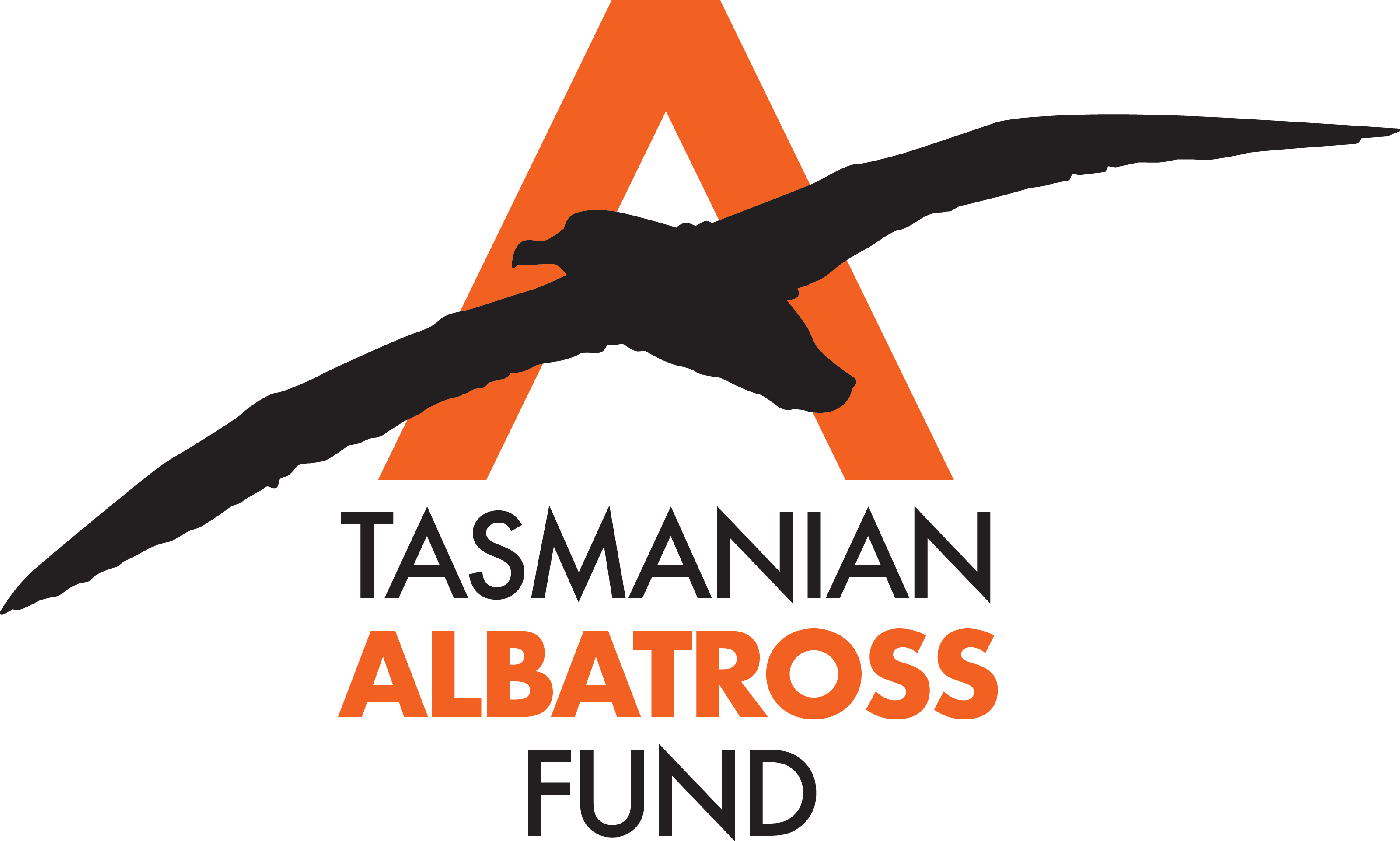Although we focus much of our monitoring of shy albatross when they come ashore to breed on their remote island colonies, the marine environment is their real home. Their scientific name, Thalassarche, is, very appropriately, Greek for “of the ocean”. A critical component of any conservation program is understanding where these birds go during their ocean travels, what human and environmental factors do they encounter and how are these linked to trends we are seeing in the breeding population.
For this, we use tiny GPS units, taped temporarily to the feathers on the birds’ back, to track them where we cannot follow. Shy albatross share the duties of breeding equally. While one bird of the pair stays on the nest to incubate the precious egg, the other spends several days feeding at sea. Upon returning to the colony and reuniting at the nest, the pair spends time preening and communicating to reaffirm their life-long bond, before swapping roles.
